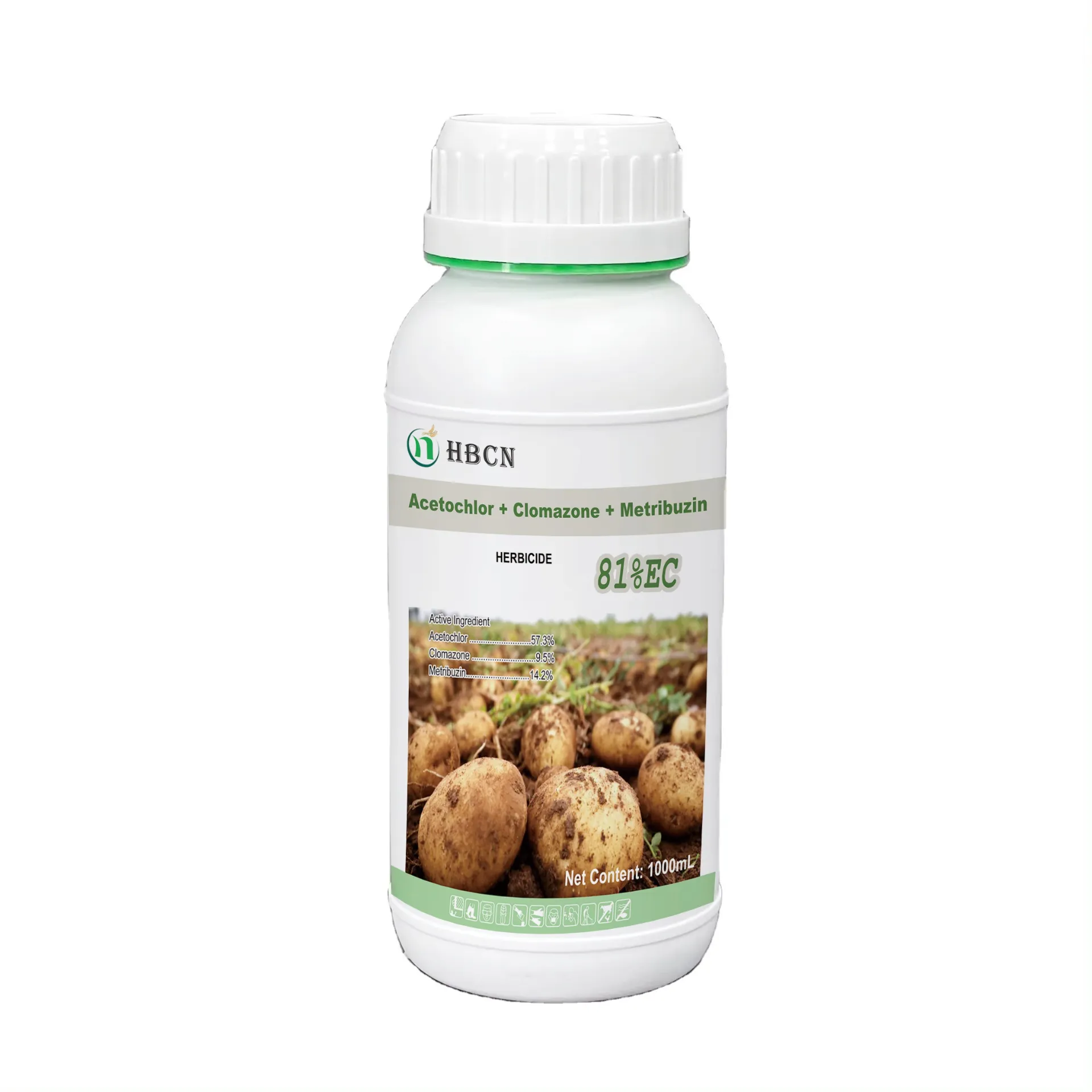
Sep . 17, 2024 09:43 Back to list
Mesotrione Herbicide Factory - High-Quality Agricultural Solutions
Understanding Mesotrione A Key Herbicide in Modern Agriculture
In the realm of modern agriculture, effective weed management is crucial for ensuring optimal crop yield and quality. One herbicide that has gained prominence in recent years is mesotrione. As a selective herbicide, mesotrione is primarily utilized to control annual broadleaf and certain grass weeds in various crops, including maize (corn) and established turf. This article delves into the properties, mode of action, and significance of mesotrione, highlighting its role in contemporary farming practices.
Chemical Composition and Properties
Mesotrione is a member of the triketone class of herbicides, derived from natural sources. Its chemical structure allows it to act effectively against a wide range of weed species while being safe for most crops when applied correctly. The herbicide is available in several formulations, including liquid and granular forms, making it adaptable for different application methods. Furthermore, mesotrione has a relatively low toxicity profile for humans and animals, making it a preferred choice among farmers.
Mode of Action
The efficacy of mesotrione lies in its unique mode of action. It inhibits the enzyme 4-hydroxyphenylpyruvate dioxygenase (HPPD), which is essential for the synthesis of carotenoids in plants. Carotenoids are vital pigments that protect plants from harmful UV radiation and oxidative stress. When mesotrione disrupts this pathway, it leads to the bleaching of the affected plants, making them unable to survive. Specifically, mesotrione is absorbed through the leaves and roots, allowing it to impact both pre-emergent and post-emergent weeds.
mesotrione herbizid factory

Application and Usage
One of the significant advantages of mesotrione is its flexibility in application timings. It can be applied either before the emergence of weeds (pre-emergent) or shortly after they appear (post-emergent). This adaptability allows farmers to tailor their weed management strategies based on specific crop conditions and local weed populations. Additionally, mesotrione can be used in conjunction with other herbicides, enhancing its effectiveness while reducing the likelihood of weed resistance.
Environmental and Safety Considerations
As with any agricultural chemical, the use of mesotrione requires careful consideration of environmental impacts. It is essential for farmers to adhere to recommended application rates and timings to minimize risks to non-target species and the surrounding ecosystem. Regulatory agencies have established guidelines to ensure that mesotrione is used sustainably, balancing agricultural productivity with environmental stewardship.
Conclusion
Mesotrione has become an integral part of modern agricultural practices, providing farmers with an effective tool for weed control. Its selective action, safety profile, and compatibility with various crops make it a valuable asset in the fight against weeds. As agriculture continues to adapt to challenges such as climate change and increasing pest resistance, the role of innovative solutions like mesotrione will undoubtedly be pivotal in securing food production for future generations. Understanding and implementing responsible herbicide use is essential for achieving sustainable agricultural practices that can meet the world's growing food demands.
-
Azoxystrobin: Broad-Spectrum Fungicide Solutions
NewsAug.11,2025
-
Best EPA Boscalid: Superior Crop Fungicide for Max Yields
NewsAug.11,2025
-
Best Willowood Imidacloprid: Superior Pest Control Solutions
NewsAug.10,2025
-
Best EPA Boscalid Fungicide: Ultimate Crop Protection
NewsAug.09,2025
-
Cyprodinil Fungicide: Broad-Spectrum Crop Protection
NewsAug.08,2025
-
Tembotrione Herbicide: Advanced 8% OD for Broad Spectrum
NewsAug.07,2025
